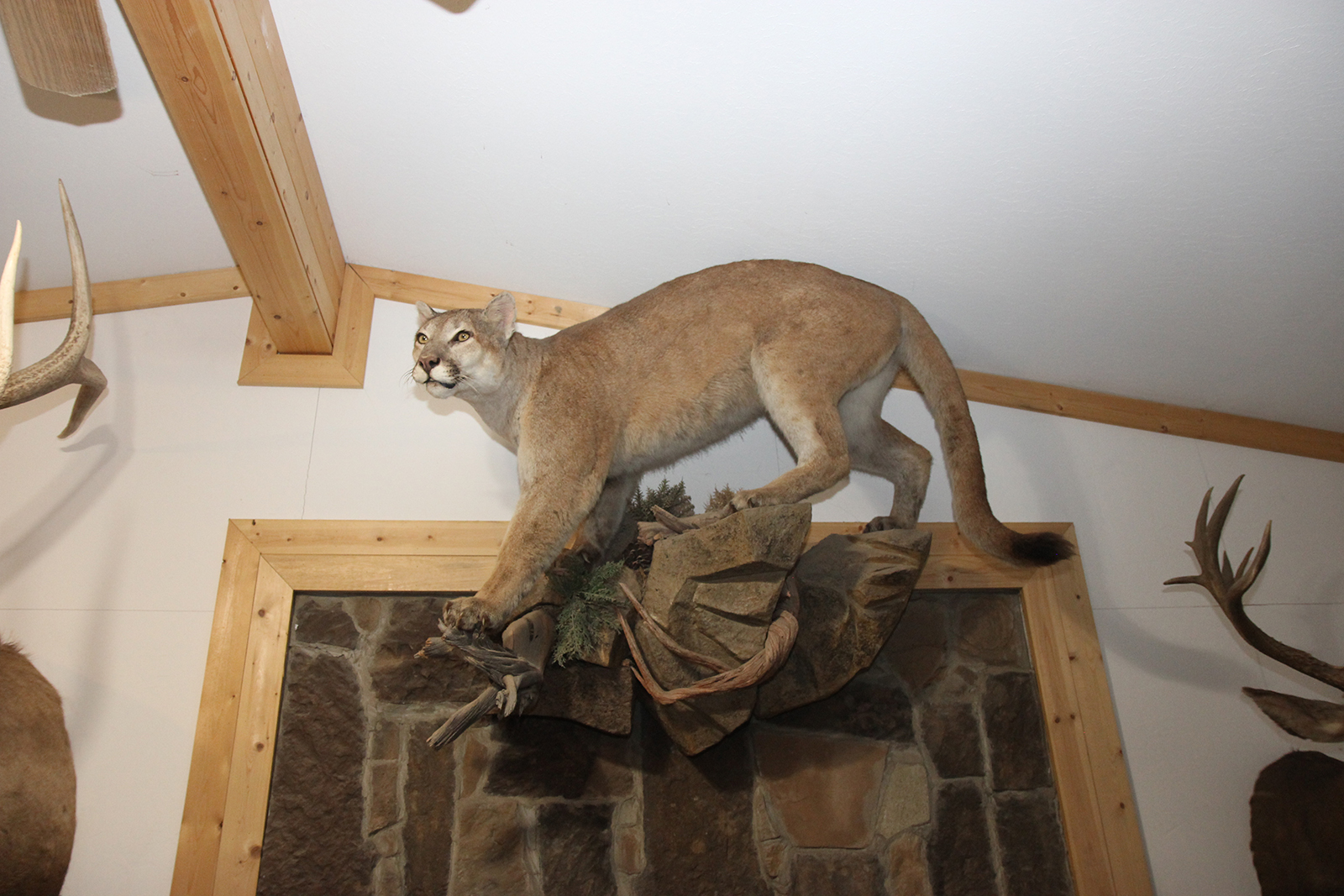
In-Depth
The Bonderman Field Station at Rio Mesa:
An Oasis for Research and Education

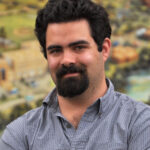
by Will Grandbois – 11.10.2022 – 15 min. read
Take a wrong turn to the Top of The World off-road area near Moab and you could find yourself at a metal gate—ornate, yet sturdy—bearing the University of Utah’s blocky, red “U” and a sign: Bonderman Field Station at Rio Mesa.
Beyond, an invited guest would find a ‘70s-era ranch complex among the cottonwoods and red stone cliffs. Further exploration would reveal hints of the academic: poles for bird nets nested in the willows, fenced-off stands of saplings and sagebrush, an art installation designed as bee habitat. A rough dirt track winds its way through sandy washes, past the ruins of the original homestead. It leads to a more recent compound of prefabricated structures tucked into a bend on the Dolores River. The setting is a striking juxtaposition of agricultural roots and modern amenities, against a backdrop of prime canyon country.
Why does Utah’s flagship university maintain an outpost in a remote corner of the state?
Formerly the Entrada Ranch, Susan “Rusty” Wheaton had owned the property since the 1980s, which she ran as a guest ranch. In 2005, she reached out to the University of Utah, approaching the school with a new vision for the entire 380-acre parcel, centered mostly around research. The site offered ecological diversity on a disrupted landscape—a microcosm of the Colorado Plateau as a whole—coupled with water rights, electricity and existing infrastructure where scientists could leave equipment out for months at a time without public interference.
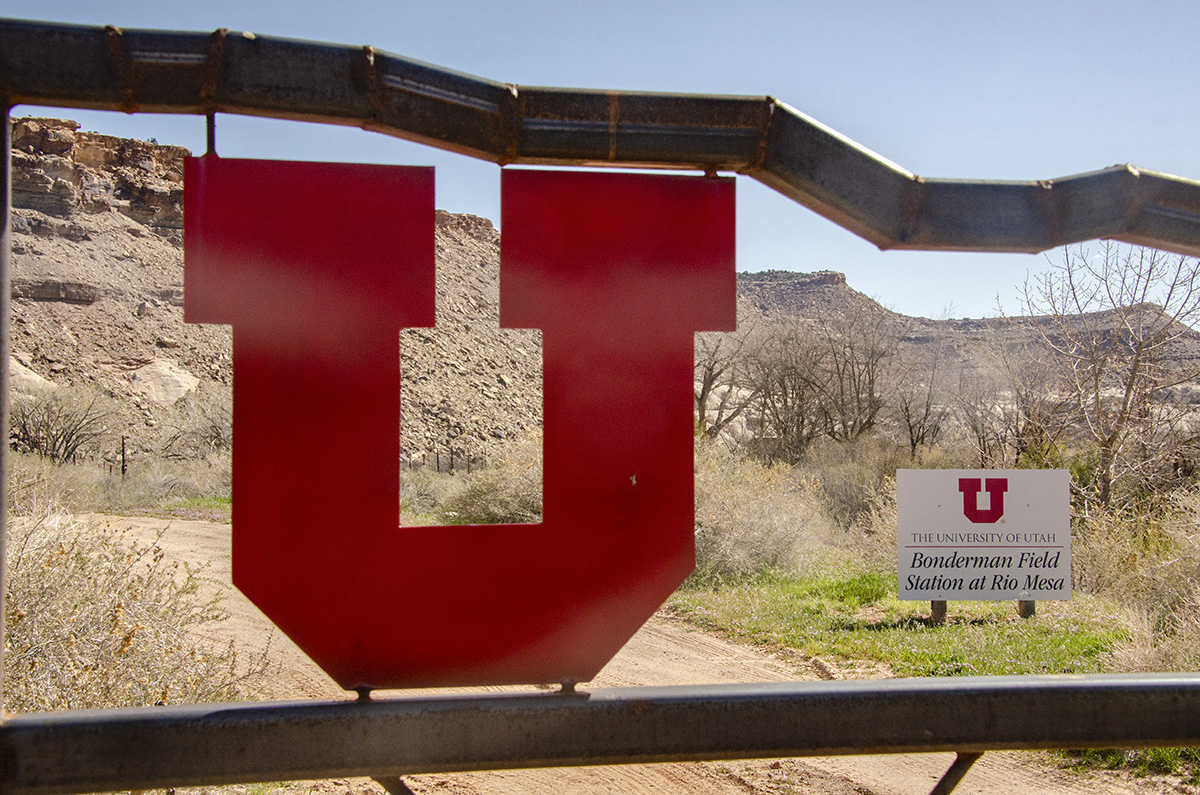
Its potential was spelled out by biology professors James Ehleringer and Dennis Bramble in August of that year as in keeping with the university’s core missions of teaching, research and outreach. “Here, with the Entrada Ranch, we have an unparalleled opportunity to establish a long-term research site to study riparian ecosystems, river hydrology, geological formations, and the interactions between riparian and terrestrial ecosystems,” they wrote. “We cannot imagine a better location in southeastern Utah where the University could foster a more positive relationship with the public by demonstrating our long-term commitment to educational and research projects clearly linked to that part of the state.”
“If we consider the environment and sustainability to be important issues,” they added, “moving quickly now to obtain the Entrada Ranch would provide instant educational and research capacity that would, in turn, make possible a quantum shift in environmental education and research at the University of Utah. Such an opportunity will not likely ever come again.”
They highlighted not just the ecological and environmental features for scientific study, but the scenic value and its potential to inspire the arts and humanities. Indeed, the facility has fostered a surprising amount of landscape painting, natural sculpture and performance art. Funding comes from state higher education funds and the school’s research program, making it easy for any department to use the space.
To station director Zachary Lundeen, it’s the ideal venue for what the university likes to call a ‘signature experience,’ something hands-on and fundamentally Utah.
“While the impact isn’t a large swath of people—we’d love for it to be more—the quality of experience is really life-changing,” said Lundeen.
Philanthropist David Bonderman agreed to purchase the ranch in 2008 and leased it to the university before ultimately turning it entirely over to the school in 2015. Over time, use has grown steadily. The station has fostered published studies on everything from tamarisk water consumption to native food propagation to rodent populations. Some are undergraduate theses backed by the school’s grant program; others have multiple doctorates among the authors.

The field station’s Bird Banding Operations are the University of Utah’s longest running project at Rio Mesa, representing over a decade of effort by dozens of contributors. Each spring and fall, students spend the weeks during bird migration waking before dawn to open up an array of nets in thickets of trees along the Dolores River. For the next six hours, they walk the whole setup a dozen times, making sure that any birds they catch are examined, tagged and released as quickly as possible. Rio Mesa banding station data is uploaded daily to eBird, the world’s largest birding Web site.
Annual Bird Banding Reports track species observed, caught and banded. Over ten years (2011-2021), 189 different species have been observed and 14,466 birds have been banded over the course of more than 1,000 field days. The result is a long-term dataset, which gave graduate student Kyle Kittelberger a baseline to compare to the 2020 fire season, when mass bird die offs were in the news.
“If you’re seeing a notable change in bird populations, that indicates that something is going on and warrants a closer look,” Kittelberger explained. “These kinds of datasets are uncommon to rare. We have the ability to shed light on something nobody else really has the ability to reveal.” The in-depth look at a river corridor—most animals in Utah rely on riparian environments at some point in their reproductive cycle—is compared with the very different bird populations in a more alpine setting at the university’s other banding station at Red Butte Canyon near Salt Lake.
Rio Mesa is also host to projects by other regional collaborators. The station helps fill in data gaps for the Western Waters Network array of “common gardens” across the southwest, which generate a wide variety of plants that make their way into ecological restoration projects. At each of more than thirty facilities, seeds collected from a wide range of environments are grown together to investigate which regional variants of a species are set up for success.
“We’re really interested in understanding how to get the best plant material out on the landscape when we’re restoring these habitats,” Northern Arizona University plant biologist Karen Haubensak explained. “It gives us a way to figure out which are going to be the most robust, the most resilient, and the most resistant to drought.”
In many cases, the trends are what you’d expect: plants sourced from hot, dry areas do well in a progressively hotter and dryer environment. But there are also surprises. Research on Ponderosa pines at another site showed that more cold-adapted trees were surprisingly hardy against drought.

The Rio Mesa common gardens produce iconic western species like Fremont Cottonwoods and sagebrush, as well as an array of wildflowers, which come with the added complexity of tracking which traits not only make for healthier plants, but also provide the best support for pollinators. The southwest is a hotspot for native bee diversity, but the seed mixes that most agencies use for large-scale restoration efforts typically don’t include bee-friendly material. Finding the right flowers to mix in could be a small win in the daunting battle of restoration, and hopefully, help build greater resilience to climate disruption.
“I think the general consensus is that species cannot move fast enough in response to the rate of climate change that we’re seeing right now,” Haubensak said. “We’re scientists. We’re trying to objectively describe these processes, but we’re also doing this because we feel a connection to these types of places. It would be great if humans could be reconnected to the land and landscape. Certainly, our work is not going to address that, but I think it’s part of what keeps us sustained.”
These larger scale projects—the bird banding, restoration work—make Rio Mesa an attractive destination for K-12 groups, as well. It was a highlight for Shea Wickelson, a teacher at Salt Lake Center for Science Education. “I had never been a birder before, but put a songbird in my hands and now that’s become a passion in my own life,” she noted. “Interacting with scientists in the field is a huge highlight for us and a chance for kids to get some cool, real-world experience.”
The middle school’s annual trips to Bonderman Field Station at Rio Mesa tend to attract kids who already have a passion for the outdoors, and it’s a great chance for them to connect their academics to their passions. But the charter school’s demographics reflect the city at large, and there are always some participants who have never been so far from civilization.
Wickelson remembers a teen who started crying on one trip, because she thought she would never see something as beautiful for the rest of her life. Another time, a mom opted to join a school field trip since she’d never been camping herself. “It was really awesome for us to have her along to see her kids experiencing something new and different,” Wickelson said.
She described the school’s aims to build a cross-cultural community that knows how to look out for each other, work together, solve problems together and take care of each other. “It’s definitely about the science—I’m a science teacher—but I feel like the connection of having them come to the desert is almost a little bit more spiritual too. It’s making a pilgrimage to go experience this space and the ecosystem and be a part of the data collection firsthand.”
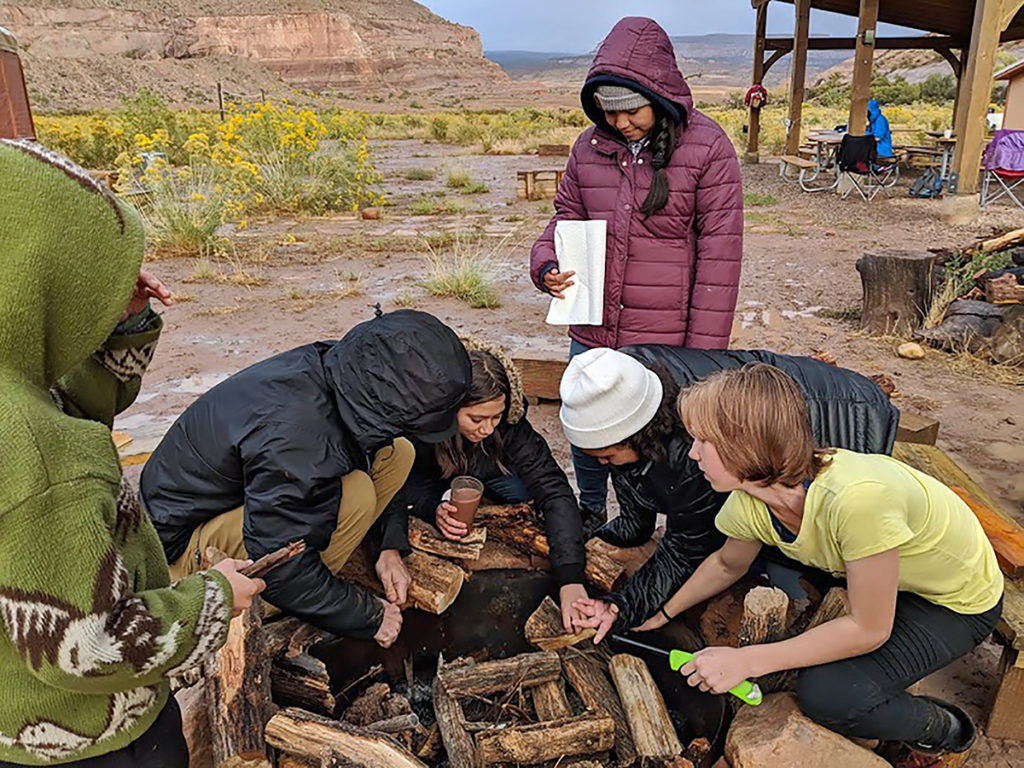
Rio Mesa site manager Hau Truong, who facilitates visitors’ experiences at the station says, “The main challenge is to get people down here. Once they’re here, it kind of sells itself. The mixture of rocks and color and landscape—I think for a lot of people, once you see it, it’s just kind of hard to get it out of you.”
Truong says that’s how it was for him. He’d worked at Capitol Reef National Park before becoming the Rio Mesa Center’s most consistent resident. It’s an important role not just for the day-to-day upkeep of the property, but for hands-on, institutional knowledge. He’s often asked if he gets lonely when the school groups and science teams go away. “Where I find my community is in the plants and the animals and just kind of cuing into the landscape,” he said. “Most people, when they go and visit these places, they just get the ‘wow’ factor of the scenery, and they might witness something amazing, but they don’t have the luxury of tuning into all the little miracles that happen out here.”
While disconnecting from the modern world has its value, some visitors likely appreciate the amenities like the bathhouse, cabins and campground, and there’s a fundraising effort for an off-grid, all season field house that could help host summer sessions out of the hot sun.
Truong can work with that. “I like it when new people come, because their excitement fires the mirror neurons in me, so then I get excited,” he said. “It’s a good reminder that this place is amazing.”
Republish
Republish Our Content
Corner Post's work is available under a Creative Commons License and under our guidelines:
- You are free to republish the text of this article both online and in print (Please note that images are not included in this blanket licence as in most cases we are not the copyright owner) but:
- you can’t edit our material, except to reflect relative changes in time, location and editorial style and ensure that you attribute the author, their institute, and mention that the article was originally published on Corner Post;
- if you’re republishing online, you have to link to us and include all of the links in the story;
- you can’t sell our material separately;
- it’s fine to put our stories on pages with ads, but not ads specifically sold against our stories;
- you can’t republish our material wholesale or automatically—you need to select stories to be republished individually;
- you have to credit us, ideally in the byline; we prefer “Author Name, Corner Post,” with a link to our homepage or the article; and
- you have to tag our work with an editor’s note, as in “This article was paid for, developed, and originally published by Corner Post. Corner Post is an independent, nonprofit news organization. See cornerpost.org for more.” Please, include a link to our site and our logo. Download our logo here.
 Will Grandbois grew up on Colorado’s Western Slope and was always drawn to the canyon country. He has spent the last decade in print journalism, and was the editor of nonprofit weekly The Sopris Sun before the pandemic prompted him to branch out.
Will Grandbois grew up on Colorado’s Western Slope and was always drawn to the canyon country. He has spent the last decade in print journalism, and was the editor of nonprofit weekly The Sopris Sun before the pandemic prompted him to branch out.
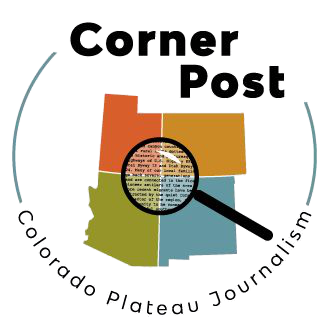
 Corner Post is a member of the Institute for Nonprofit News—a nationwide network of independent, nonprofit, nonpartisan news organizations. Learn more at
Corner Post is a member of the Institute for Nonprofit News—a nationwide network of independent, nonprofit, nonpartisan news organizations. Learn more at  Our stories may be republished online or in print under
Our stories may be republished online or in print under 